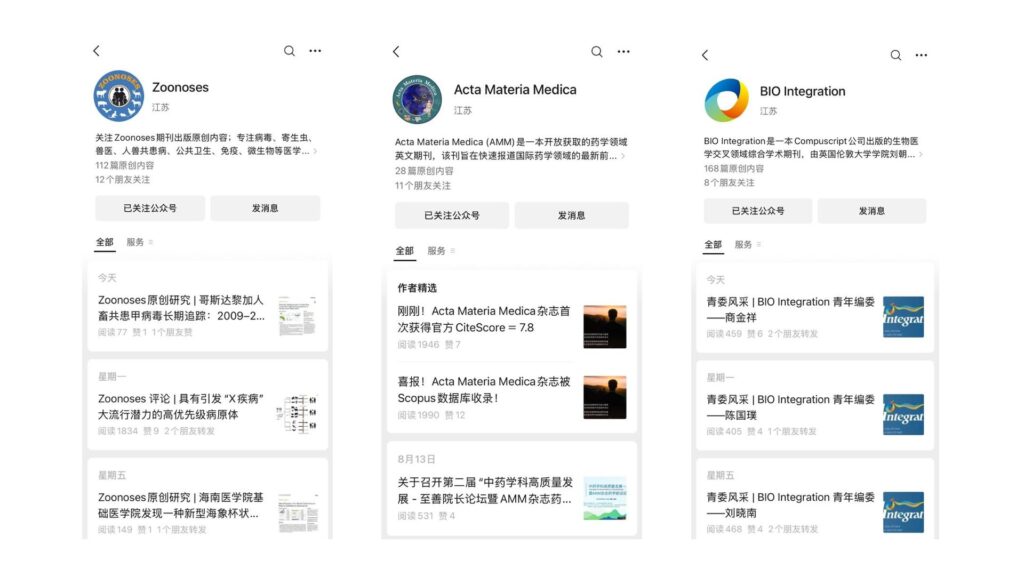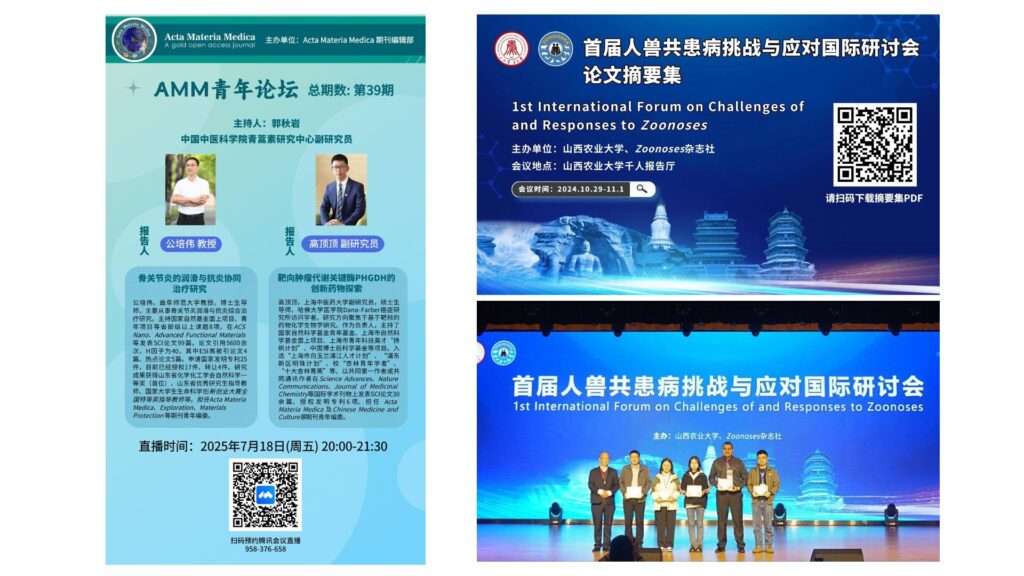As China continues to rise as a global leader in research output and scientific innovation, international academic journals are increasingly looking to establish a strong presence there. Whether the goal is to increase submissions, enhance visibility, or build long-term academic partnerships, a well-structured promotion strategy tailored to China’s unique digital and academic landscape is essential.
China’s academic landscape is a vibrant and fiercely competitive arena, marked by rapid shifts and dynamic trends. Research priorities evolve swiftly, often influenced by the ebb and flow of government funding allocations. This ever-changing focus keeps scholars and institutions agile, continuously adapting to new directives and opportunities.
This blog outlines a comprehensive and adaptable plan to help international journals effectively grow in China and simultaneously expand their global footprint.
1. Establishing Local Communication Channels: Creating Trust and Reach
WeChat, China’s most widely used information and communication platform, plays a central role in how researchers access academic content. To reach this audience, we design integrated local communication plans:
Launch Official WeChat Accounts for Journals
Our team in China manages dedicated journal WeChat accounts, regularly publishing content such as article highlights, policy updates, submission guidelines, and research summaries.
Partner with Leading Academic WeChat Accounts
We collaborate with 10+ influential academic public accounts to amplify our client’s journals content visibility. These collaborations include article promotions, Call for Papers (CFPs), journal news, issue spotlights and author guidelines.
Identification and Recruitment of Chinese Editorial Board Members
Having respected Chinese scholars as Associate Editors and Editorial Board Members strengthens the journal’s local academic reputation and encourages submissions through peer endorsement and network influence. Our local presence and network of academic contacts allow us to both identify, vet, and validate potential candidates.
Sentiment Monitoring
The digital realm plays a pivotal role in shaping academic visibility. Platforms such as WeChat, Baidu, and CNKI employ sophisticated algorithms that prioritise content based on user engagement metrics. Through detailed analytics, these platforms reveal what resonates most within the academic community, guiding us on how to maximise the reach and impact of our journal’s content.

2. Creating Interactive Academic Events: From Awareness to Action
In China, academic events—both online and offline—are vital touchpoints for researchers to discover, trust, and engage with journals. We actively organize a variety of event formats:
Special Issues Led by Chinese Experts
We invite leading Chinese scholars to act as Guest Editors for themed special issues (minimum 10 articles), curated around trending research topics to encourage focused, high-quality submissions.
First-Author Online Forums
These virtual events feature authors sharing their research journey, submission experience, and peer review insights, offering valuable perspectives to prospective contributors.
Writing Workshops
Led by native English-speaking instructors and publishing experts from Compuscript, our workshops provide practical guidance on writing, reviewing, and submitting SCI-level articles, with interactive Q&A sessions.
Editorial Roundtables and Online Forums
We host panel discussions featuring Editors-in-Chief, associate editors, and Chinese board members, discussing research trends, journal positioning, and open access policy updates to foster academic dialogue.
Conference Participation and Campus Visits
We support journal editors attending major academic conferences in China, delivering keynotes, joining panel discussions, and setting up booths. Additionally, we arrange university visits to meet faculty, host seminars, and introduce journal offerings directly to the research community.

3. Monitor & Adapt with Analytics
A data-driven approach is crucial for journals aiming to grow their readership, submissions, and citations in China. Wasting limited resources on ineffective strategies is not an option. We constantly measure, review, and optimise our clients.
4. Conclusion
China presents a significant opportunity for international academic journals, but success requires strategic planning, local engagement, and digital fluency. By combining localized content strategies, academic partnerships, high-touch author experiences, and global branding, journals can build lasting relationships in the Chinese academic community and achieve sustainable growth.
Whether your journal is well-established or newly launched, if you’re looking to grow your presence in China, we’re ready to support you—strategically, systematically, and effectively.
If you would like any further information on our activities, please feel free to contact me at kaiying@compuscript.com.
